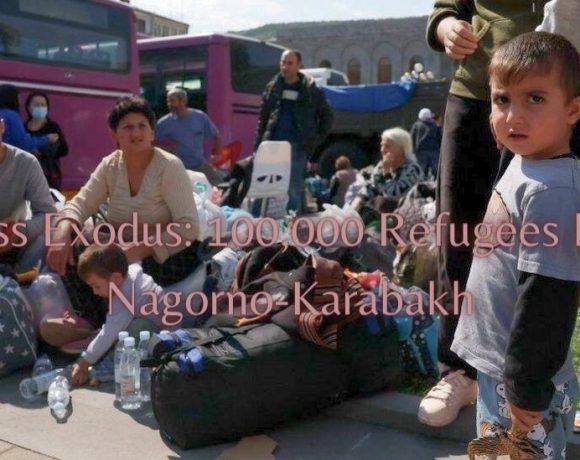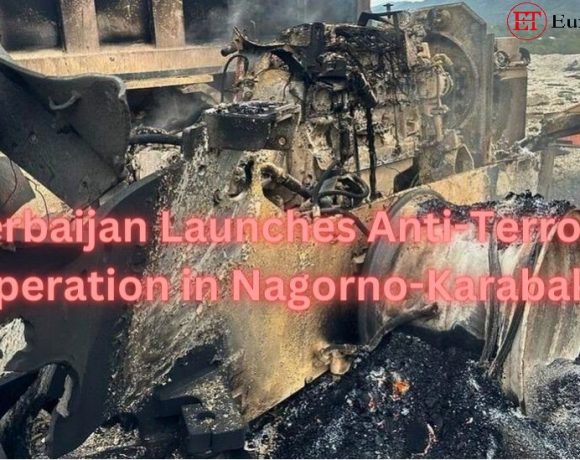
Armenia has reported that more than 100,000 people have fled the Nagorno-Karabakh region since Azerbaijan’s recent seizure, essentially causing the entire population of this ethnic Armenian enclave to evacuate. While Azerbaijan has expressed its intention to reintegrate the area and treat its residents equally, Armenian officials have dismissed these claims as false.
For three decades, Nagorno-Karabakh, recognized as part of Azerbaijan, had been under the control of ethnic Armenians and received support from Armenia and Russia. The recent conflict resulted in casualties on both sides, with at least 200 ethnic Armenians and dozens of Azerbaijani soldiers killed.
As part of a ceasefire agreement, separatists have agreed to surrender their weapons. The leader of the self-declared Republic of Nagorno-Karabakh has announced that the region will cease to exist in the new year.
Armenia’s prime minister’s spokesperson, Nazeli Baghdasaryan, stated that over 100,000 refugees have entered Armenia in the past week, out of Nagorno-Karabakh’s estimated population of 120,000. The UN refugee agency (UNHCR) has also confirmed that 100,000 people have fled and are in need of immediate assistance.
While some residents, mainly officials, emergency services employees, volunteers, and individuals with special needs, remain in Nagorno-Karabakh, they are expected to leave shortly.
In addition to casualties resulting from the conflict, a massive explosion at a fuel depot in Nagorno-Karabakh took the lives of at least 170 people. The cause of the explosion near the main city of Khankendi (known as Stepanakert by Armenians) remains unclear.
The UN plans to send a mission to Nagorno-Karabakh to assess the humanitarian situation, with Azerbaijan’s approval. Armenia has stressed the importance of UN officials witnessing the plight of ethnic Armenians who have been displaced but has criticized Azerbaijan’s assurances as propaganda and false claims.
Picture Courtesy: Google/images are subject to copyright


